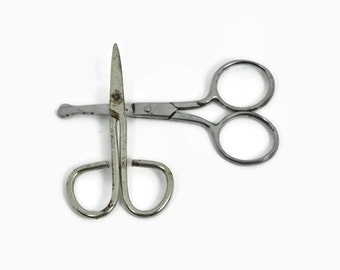Rapid Recovery is just shimmed rebound damping. There's nothing special about it from a conceptual standpoint.
You can't fool me.
Look at those lumps!

That guy is totally falling off to his left side less with rapid recovery!
Last edited:



